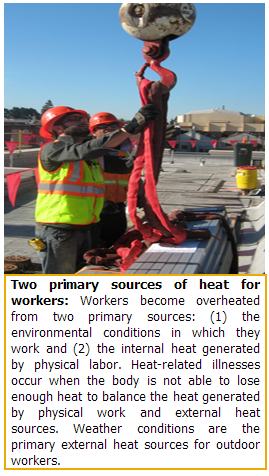Medical Malpractice – Amoxicillin-clavulanate (Augmentin) is the most common cause of Drug Induced Liver Injury (DILI)
Drug-induced liver injury (also called DILI or drug-induced hepatotoxicity) is a significant cause of personal injury and wrongful death in many patient populations. According to a study published in in the June issue of Gastroenterology induced liver injury is caused in 75% of cases by a single prescription, in 16% of cases by a dietary supplement and in 9% of cases by multiple agents.
The population based study performed in Iceland, demonstrated that the incidence of DILI was the highest reported to date. Lead author Einar Björnsson, Department of Internal Medicine, Section of Gastroenterology and Hepatology, National University Hospital, Reykjavik, Iceland Faculty of Medicine, University of Iceland, presents the study in the video below.
 New York Personal Injury Attorneys Blog
New York Personal Injury Attorneys Blog



 Nap Nanny and Chill recliners create a substantial
Nap Nanny and Chill recliners create a substantial 